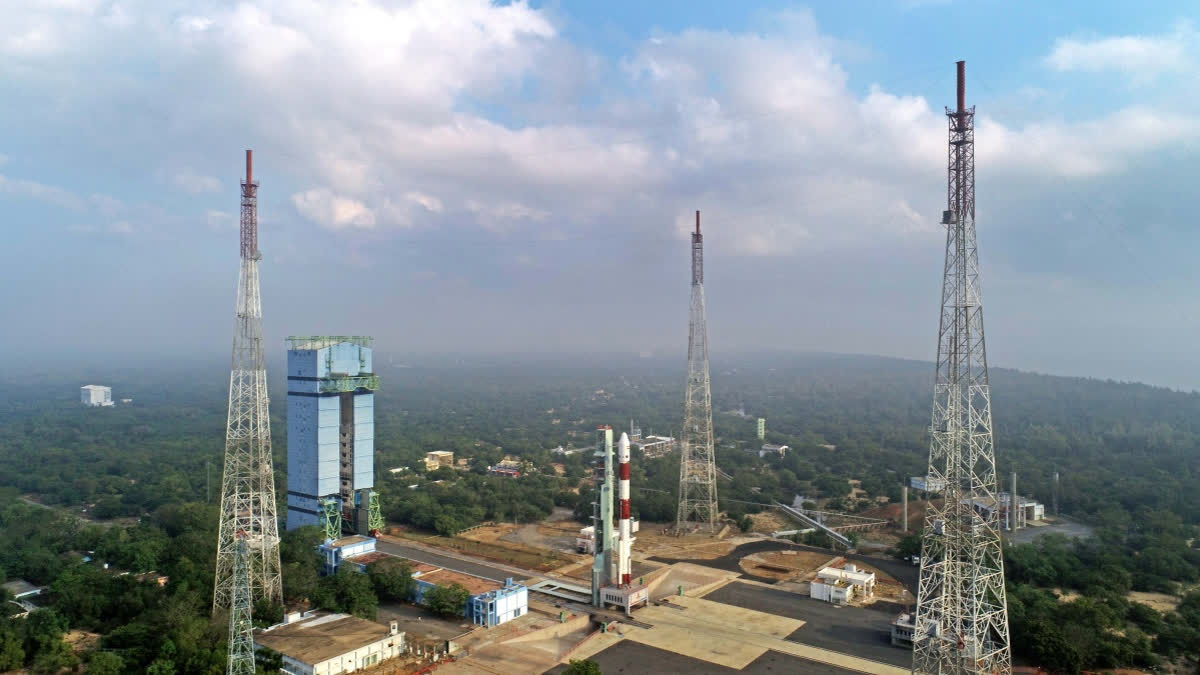Sriharikota: The Indian Space Research Organisation(ISRO) launched its maiden Black Holes Mission from Sriharikota on Monday. India became the second country after the US to have an 'observatory' to study black holes.
The XPoSat, which is India's first dedicated polarimetry mission has the goal of studying the emission mechanism from diverse astronomical phenomena such as black holes, neutron stars, active galactic nuclei, pulsars, and nebulae, among others. XPoSat aims to explore the polarisation of intense X-Ray sources, introducing a novel dimension to X-Ray astronomy, ISRO said.
The spacecraft carries two scientific payloads in a low earth orbit. The primary payload POLIX (Polarimeter Instrument in X-rays) will measure the polarimetry parameters (degree and angle of polarization) in medium X-ray energy range of 8-30 keV photons of astronomical origin. The XSPECT (X-ray Spectroscopy and Timing) payload will give spectroscopic information in the energy range of 0.8-15 keV.
The emission mechanism from various astronomical sources such as blackhole, neutron stars, active galactic nuclei, pulsar wind nebulae etc. originates from complex physical processes and are challenging to understand. While the spectroscopic and timing information by various space based observatories provide a wealth of information, the exact nature of the emission from such sources still poses deeper challenges to astronomers.
The polarimetry measurements add two more dimension to our understanding, the degree of polarization and the angle of polarization and thus is an excellent diagnostic tool to understand the emission processes from astronomical sources. The polarimetric observations along with spectroscopic measurements are expected to break the degeneracy of various theoretical models of astronomical emission processes. This would be the major direction of research from XPoSat by Indian science community.
Read More



